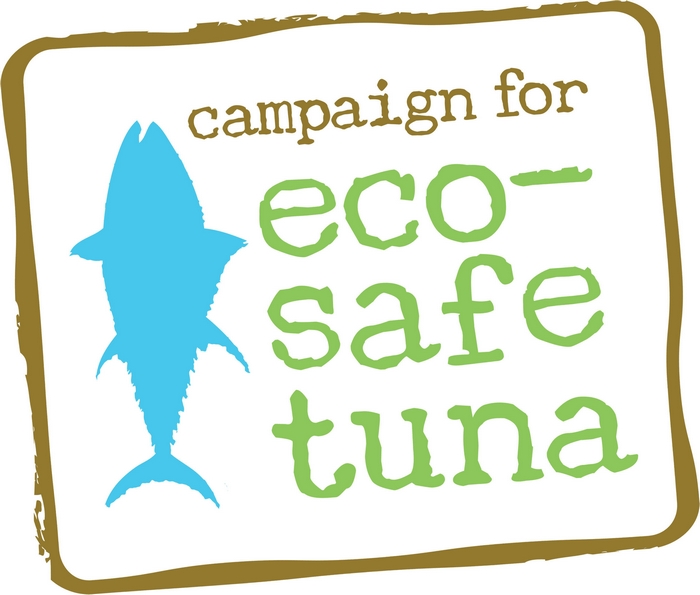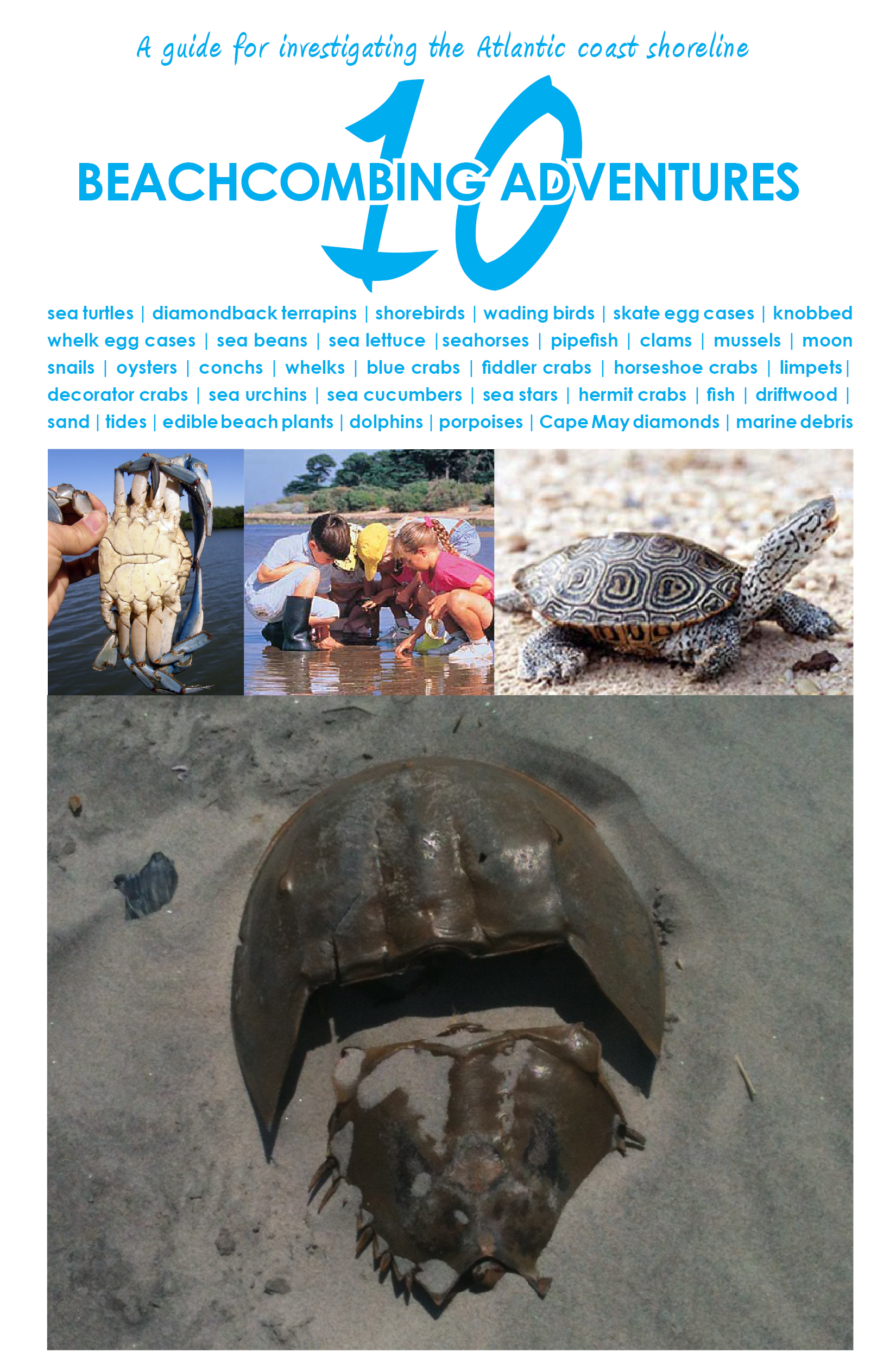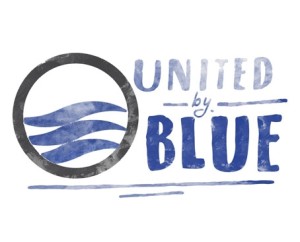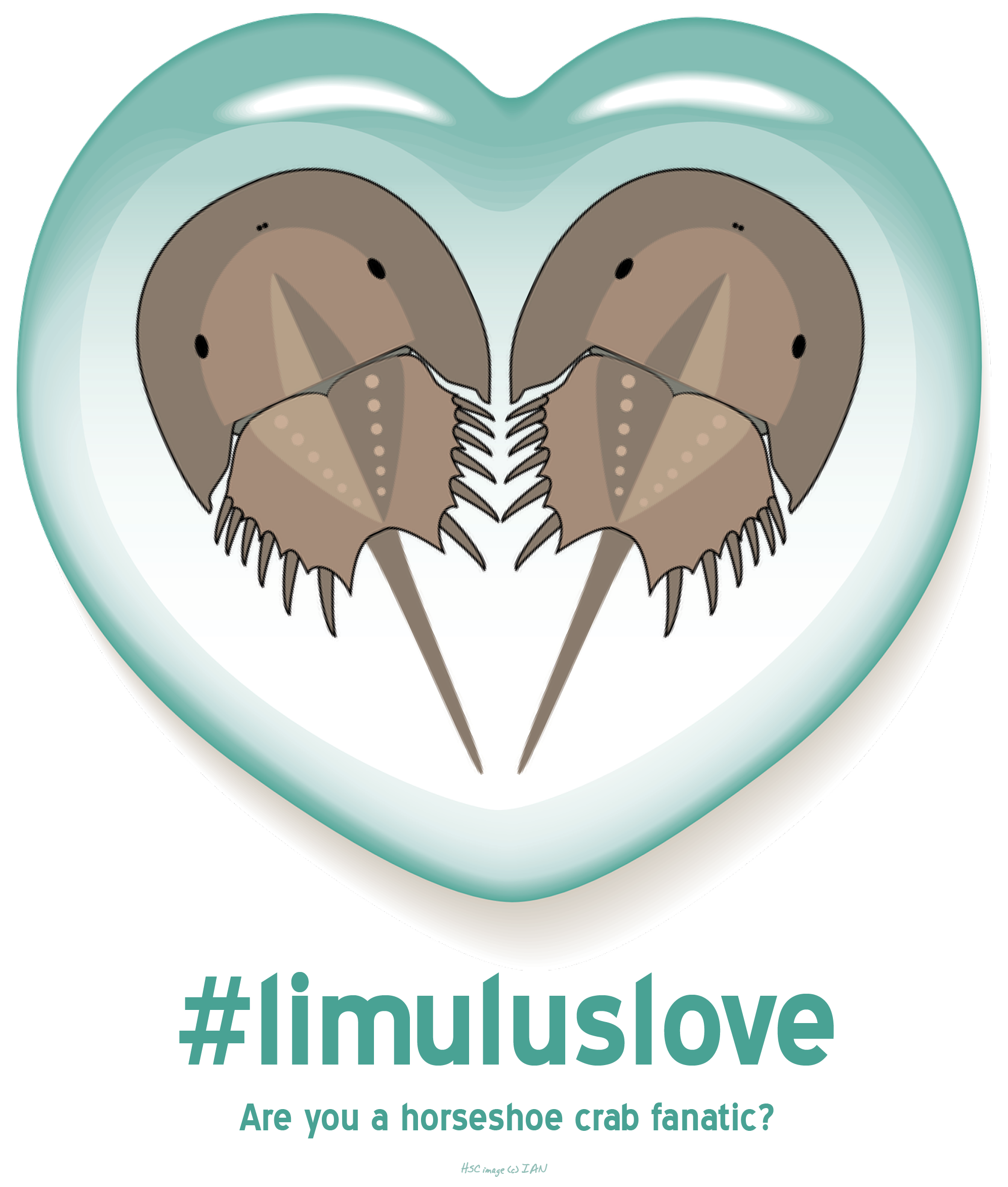A reader recently asked where to find a field guide to seaweed of the northeast Atlantic and also wanted to know in particular “which species is edible, how to prepare it and what historical uses were of specific seaweeds”. I am going to do my best in answering and encourage you all to continually challenge me with questions. Please feel free to comment anywhere or simply email info@beachchairscientist.com.
It seems as though the most thorough resource with the most concise information online for Atlantic coast species would be from the Field Guide to Algae from Acadia National Park. A much more extensive online reference would be the AlgaeBase (The World of Algae was absorbed into this database) produced be the Irish Seaweed Research Group. And, of course, there seems to be a gaggle of print books out there as well which are always nice to have while beachcombing.
For the second part of the question I am going to take the time to elaborate on my previous post about edible seaweeds found in ice cream. Here are 10 utilities for algae that you may or may not know about. There are plenty more but I have to leave a little something for you to research with the resources I found (also there is a collection of recent news article below).
- In general many seaweeds can be used as your garden’s best friend. Check out this great article from Earth Easy on How to Use Seaweed to Mulch Your Garden.
- Algae can be used to make a biodiesel.
- Blue-green algae are used as a dietary protein, as well as in aiding weight loss, stress, fatigue, anxiety, depression, among many other others issues (check out the image of the gentleman drinking some below – yum?).
- Dulse (Rhodymenia palmata) is a favorite food of those living in Canada, the UK, and northern Europe.
- Irish moss (Chondrus crispus) is a food addictive and is the source of carrageenen which thickens and stabilizes foods, including ice cream and beer.
- Laminaria seaweeds (also known as Saccharina seaweeds) are thought to stimulate cleansing, reduces water retention, and tone thyroid action.
- Nori (Porphyra) is popular in Japanese cuisine and is known for its high nutrient value.
- Sargassum seaweeds are thought to disperse accumulated phlegm and water.
- Sea lettuces (Ulva) are enjoyed raw in salads and cooked in soups in Scandinavia, the UK, China, and Japan.
- Toothed wrack (Fucus serratus) is used as a bath soak in Ireland and is thought to help with arthritis.
If you or anyone you know swears by drinking algae as a supplement please share your experience below. I’d love to read your perspective!
Image (c) gotalgae.com
Related articles
- Eating algae (economist.com)
- Should people eat more seaweed? (bbc.co.uk)
- Would you brush your teeth with seaweed toothpaste? (itv.com)
- Little Green Algae Saves the Day (askmaryrd.com)








Yes, in the garden. Possibly in the bath. Eaten? Maybe (if drunk?). Drunk? I think not… RH
Thank you for posting this. Actually I was talking about print books, as you mentioned, that can be taken beach combing. My memory isn’t good enough to retain exact configurations, qualities etc. from the time I leave the computer at home to walking the beach a day or two later. I’ve Googled and tried Amazon but haven’t found quite what I am looking for. There’s one by Thomas Lee and one by Charles James Hillson. Both are pricier than I’d pay without seeing the book first, neither are recent. There are other general beach life guides but very few whose sole focus is seaweed. I realize the high price must reflect very limited publication so I’ll memorize what I find online as best I can and keep looking for a print book. Thanks again.
Ah – ha … I hope you’ve found good luck with some print books. Comment back to let me know what you’ve found useful.